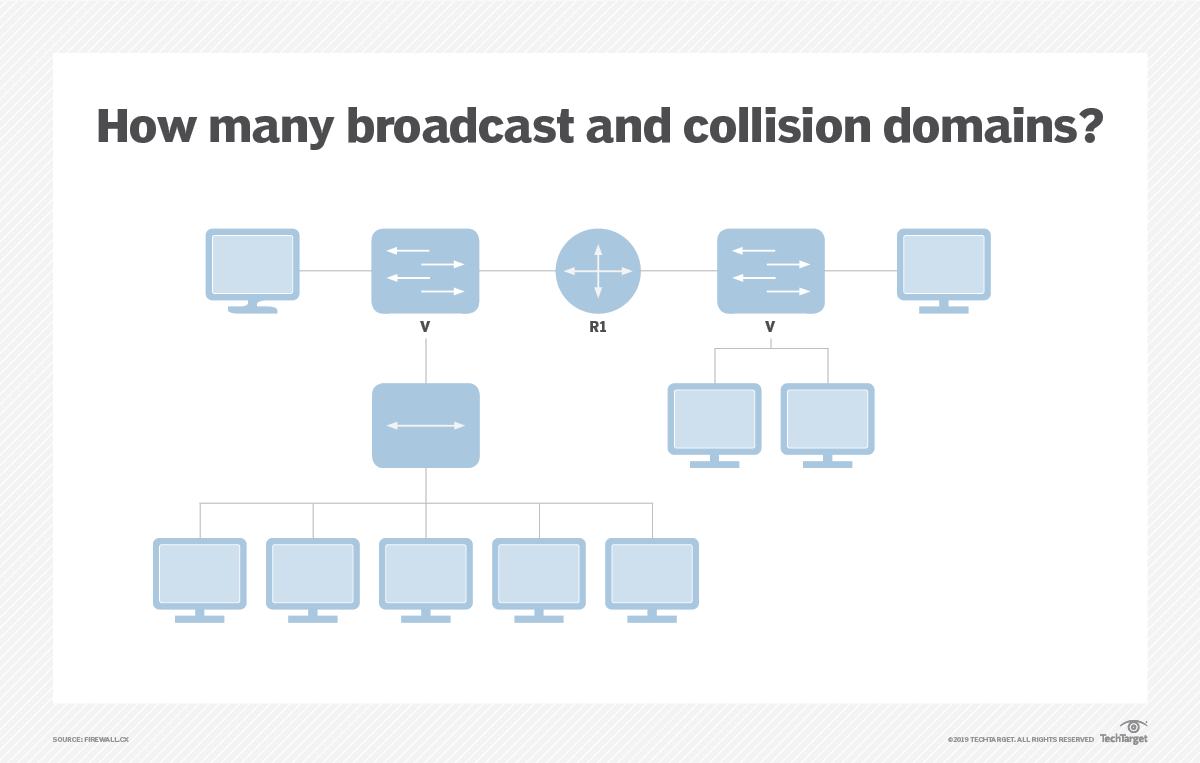The Healthcare Authority-Abu Dhabi (HAAD) exam is a critical assessment for healthcare professionals aspiring to practice in the United Arab Emirates. One of the most challenging aspects of this examination is the time constraint placed on test-takers. Effectively managing time during the HAAD exam is crucial for success, as it demands quick thinking, efficient problem-solving, and a strategic approach to tackle complex questions within the allocated timeframe.
Understanding the Time Constraints
The HAAD exam typically consists of a set number of questions that must be answered within a specified time period. The questions cover a wide range of medical topics, and the time constraint adds an additional layer of difficulty. As healthcare professionals, candidates must be adept at balancing accuracy with speed, ensuring that they address each question effectively without compromising the quality of their responses.
Strategic Approaches
Prioritize Question Types: Candidates should begin by identifying the different types of questions in the HAAD exam. Categorizing questions based on familiarity, difficulty level, and time required for answering can aid in prioritizing. Tackling easier questions first allows candidates to accumulate points swiftly, leaving more time for complex inquiries later.
Time Allocation per Question: Effective time management involves setting a strict timeframe for each question. Candidates should avoid spending excessive time on a single question, as it may hinder their ability to answer subsequent ones. Allocating a specific amount of time for each question helps maintain a steady pace throughout the exam.
Skim and Scan Techniques: Skimming the questions and answer choices before diving into a detailed analysis can provide valuable insights. Candidates should quickly identify keywords, phrases, or clues that guide them toward the correct response. This approach not only saves time but also helps in focusing on essential information.
Elimination Strategy: In multiple-choice questions, candidates can use the process of elimination to enhance their chances of selecting the correct answer. By ruling out obviously incorrect options, test-takers narrow down their choices and increase the probability of making an accurate selection within the allotted time.
Flagging and Returning: If a question proves to be particularly challenging, candidates should not hesitate to flag it for review and move on. Returning to challenging questions after completing the initial round allows candidates to manage their time more efficiently and prevents them from getting stuck on a single problematic item.
Practice Under Timed Conditions: To acclimate to the time constraints of the HAAD exam, candidates should engage in regular practice sessions under simulated testing conditions. This helps build speed and accuracy, familiarizing candidates with the pressure of the actual examination environment.
In conclusion, mastering the strategic approaches to answering HAAD exam questions under time constraints is paramount for success. Candidates must cultivate a balance between precision and efficiency, employing tactics such as prioritization, time allocation, skimming, elimination, and flagging. As healthcare professionals vie for the opportunity to contribute to the healthcare system in the United Arab Emirates, adeptly navigating the time constraints of the HAAD exam becomes a critical skill that can ultimately determine success in this challenging assessment.






